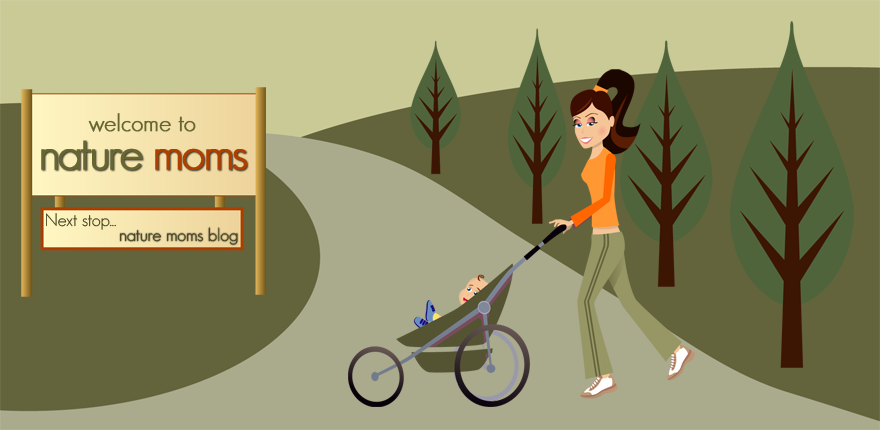Change Your Mood with Aromatherapy
Contemporary healers, therapists, and marketing gurus are
grabbing hold of a phenomenon that insects and animals
instinctively understand: the power of aroma.
Scientists pursue aromachology (the study of scent and its
ability to change human behavior) for its role in everything
from medicine to marketing, migraines to memory
loss, and relaxation to revitalization.
--The ancestry of aromatherapy The ancestry of aromatherapy goes
back some 4,000 years. Ancient Egyptians used aromatic
botanicals for massage, embalming, medicine, and cosmetics.
Hippocrates himself might have been aromatherapy's first
spokesman 2,000 years ago, as he touted the benefits of aromatic
massage for physical and emotional well-being.
In the 10th century, the Arabian world invented the process of
distillation, which allowed more efficient extraction of
essential oils.
For centuries, cultures around the globe inhaled aromas, drank
potions, and wore aromatic amulets to protect them from harm.
In the early 1900s, France and England attempted to re-introduce
these ancient remedies and help them gain acceptance in the more
traditional medical community.
This trend continues in France today. Many French doctors
prescribe aromatic remedies, pharmacies stock essential oils,
and insurance companies pay for the treatment.
In the United States, aromatic healing is gaining ground.
--Aromatherapy defined - Aromatherapy is the use of essential
oils to treat ailments.
These conditions range from physical conditions to emotional
problems. From headaches to herpes. Dry skin to acne. Arthritis
to asthma.
headaches to herpes. Dry skin to acne. Arthritis
to asthma.
The essential oils of aromatherapy are extracted from aromatic
plants and herbs--from the flower, bark, root, twig, seed,
berry, rhizome, or leaves--generally through a process of steam
distillation. These oils may be inhaled or massaged into the
skin, after combining with a vegetable, nut or seed oil.
Massage with essential oils is most commonly used to alleviate
skin ailments and muscle pain or tension. Lavender, orange,
marjoram, and chamomile are particularly effective aromas in the
use of massage.
Essential oils can be inhaled with the help of a vaporizer, an
electric diffuser or an aroma lamp.
--How does it work? Our sense of smell is more complex than you
might think. Your nose contain thousands of olfactory nerves.
While your tongue has the ability to taste sweet, sour, salt,
and bitter, it is your sense of smell that creates all the
delightful flavors you experience.
The olfactory bulb is part of your brain's limbic system, which
is not under conscious control. The limbic system controls
digestion, libido, and emotions.
So, it's not your imagination that scents evoke emotion. Aromas
actually trigger the release of chemicals in the brain that
create a feeling of well-being. Scientists say your body's
response to an aroma takes just four seconds.
Which Essential Oils are Right for You? Essential oils are
available in natural and synthetic forms.
Natural essential oils are not oils but non-oily,
non-water-soluble substances, which dissolve in alcohol and
combine with true oils. Pure, natural essential oils may be as
much as 70 times more potent than the plant source itself.
Some synthetics are derived from natural products. The exact formulation of an essential oil is virtually impossible to
reproduce in the laboratory. Even the smallest variation can
produce significant changes in the oil's effect.
formulation of an essential oil is virtually impossible to
reproduce in the laboratory. Even the smallest variation can
produce significant changes in the oil's effect.
Some synthetic oils fall into the category of artificial
fragrances, entirely made of petroleum products. These products
generally do not produce the same therapeutic effects as
essential oils.
Each essential oil is comprised of different hormones and
vitamins, which combine to create different effects.
Furthermore, the effects of each essential oil can vary
depending on the botanical species and where it is grown. The
effects of particular aromas also vary among cultures and
individuals, so the results of aromatherapy are not universal.
Still, aromatherapists have developed a roster of scents with
relatively predictable effects:
Aphrodisiacs
Jasmine, ylang ylang, patchouli
Energizers
lemon, basil, bergamot, sweet orange, peppermint, eucalyptus,
tangerine
Hair Care
(dry hair) cedarwood
(normal hair) lavender, ylang ylang
(oily hair) rosemary, lemongrass
PMS
cedarwood, clary sage, fennel, geranium, nerali, Roman chamomile
Relaxation
lavender, myrrh, cardamom, cedarwood, German chamomile, clary
sage, frankincense
Skin Care
(all skin types) Lavender, geranium, ylang ylang (dry skin)
rosemary, rosewood, carrot seed, sandalwood, peppermint,
rosemary (oily skin) basil, eucalyptus, cedarwood, cypress,
lemongrass, ylang ylang, sage.
Copyright 2004 Susie Cortright
Susie Michelle Cortright is the author of several books for
women
and founder of Momscape.com, a website designed
to help busy women find balance. Visit
http://www.momscape.com
today
and get Susie's free course-by-email "6 Days to Less Stress,"
the free
pdf, "Spa Recipes for All Seasons" and a free subscription to
Susie's
Affordable Luxuries newsletter, featuring special offers and
coupon
codes on the web's most wonderful things.
Related Products:

